The World’s Most Dangerous Sailing Races
Not all sailing races are polite yacht-club affairs with cocktails at the finish line. Some are wet, wild, and occasionally terrifying endeavours that test physical stamina, mental endurance, and a sailor’s willingness to face months of uncertainty and peril. These events leave even seasoned sailors wondering what, exactly, they signed up for.
Here’s a tour through the world’s most punishing (and fascinating) sailing races
The Ocean Race

Credit: flickr
This globe-spanning team race is long and brutal, stretching over 45,000 nautical miles with stops in some of the most volatile seas. It’s a team event, but don’t expect comfort in numbers. Crews rotate on shifts so tight they barely have time to warm up before they’re back on deck, soaked and exhausted. From the Southern Ocean’s fury to tropical squalls, it’s less “trip around the world” and more “high-speed maritime survival course.”
Golden Globe Race
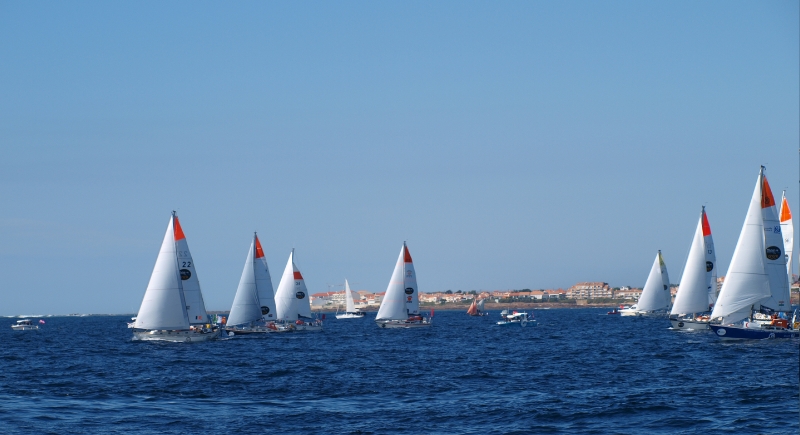
Credit: Wikimedia Commons
With no modern tech allowed, this retro solo circumnavigation uses only paper charts and sextants. That’s the Golden Globe race for you. Sailors spend up to 300 days alone, fully cut off. Boats are small, conditions are unpredictable, and there’s no way to call for help. The solitude is real, the risks constant, and the margin for error razor-thin.
Transpac Race
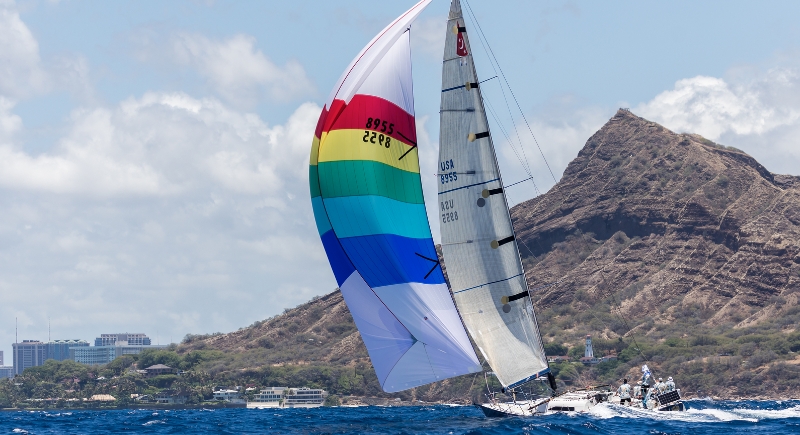
Credit: Wikimedia Commons
The Pacific between California and Hawaii can be oddly serene–until it isn’t. Though it begins as a breezy glide, it can shift in an instant, with busted rigs, fried electronics, and wild weather playing spoiler to any dreams of a smooth ride. It’s 2,200 miles of open ocean and no pit stops.
Barcelona World Race
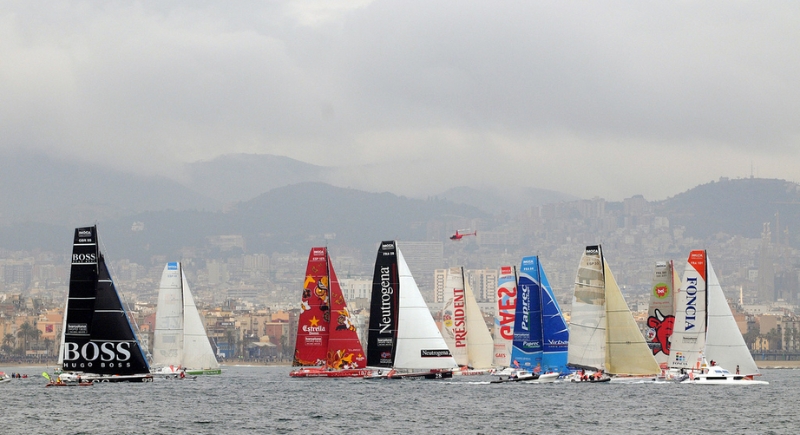
Credit: Wikimedia Commons
Two people, one boat, zero breaks–this race pushes double-handed crews through some of the same routes as the solo events. When you’re not navigating or trimming sails, you’re squeezing in a few minutes of rest in a rolling bunk. You’ll learn to trust your co-skipper with your life, your sleep schedule, and your snack rations. There’s no hiding from each other or from the ocean.
Clipper Round the World Race
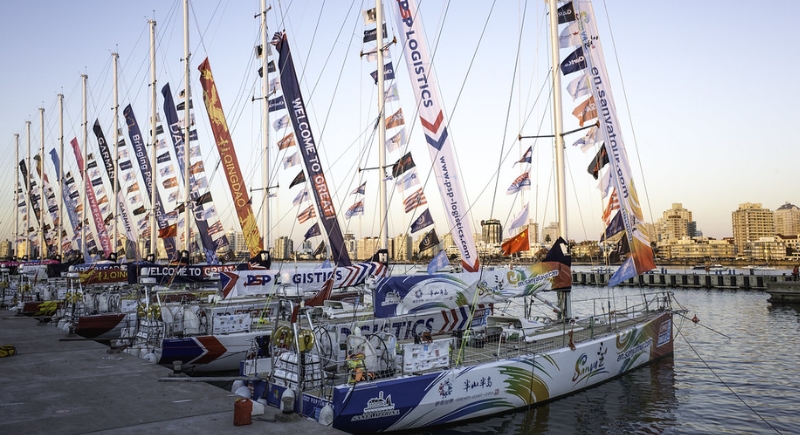
Credit: flickr
This race spans multiple legs across dangerous waters, sailed by mostly amateurs trained up before launch. Sudden storms, collisions, and injuries happen frequently as newly minted sailors learn fast. When things go sideways 800 miles from shore, the responsibility is as real as it gets.
Rolex Fastnet Race
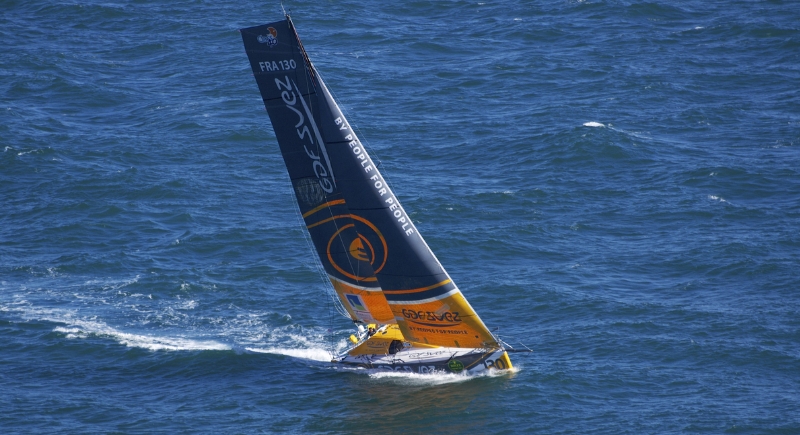
Credit: Wikimedia Commons
It is one of the shortest races on this list—just over 600 miles—but its reputation is anything but small. The route snakes through some of the U.K.’s most complex coastal waters, with tides that shift like trapdoors and weather that turns without warning. The 1979 race ended in tragedy when a storm capsized dozens of boats.
Rolex Middle Sea Race
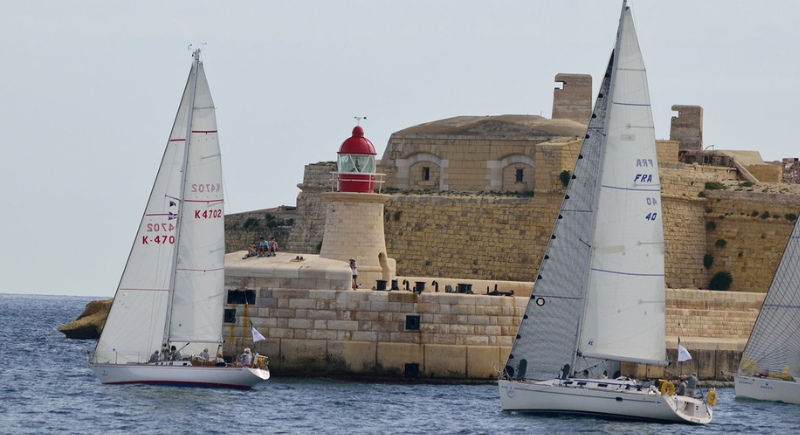
Credit: flickr
The scenery is cinematic, but this Mediterranean loop is no easy ride. It has tight passages, fluky winds, and surprise squalls that keep sailors on their toes. What makes this race especially tricky is how fast things change: a dead calm one moment, then gusts screaming through narrow channels the next. It’s the weather equivalent of mood swings.
Around the Island Race
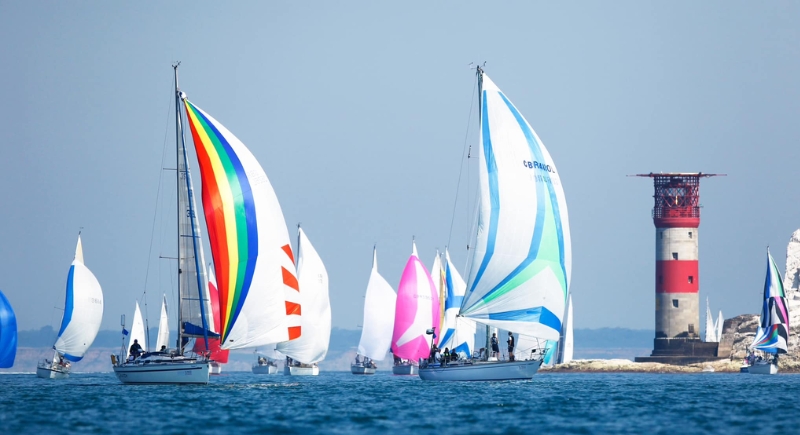
Credit: Facebook
Every summer, over a thousand boats crowd the waters around the Isle of Wight for this one-day, all-out scramble. From pros in carbon-fiber rockets to families in weekend cruisers, everyone’s fighting for clean air and room to tack. It’s not particularly long, but between the rocky coastlines, tricky tidal gates, and sheer volume of traffic, it keeps sailors and boatyards busy.
Cowes Week
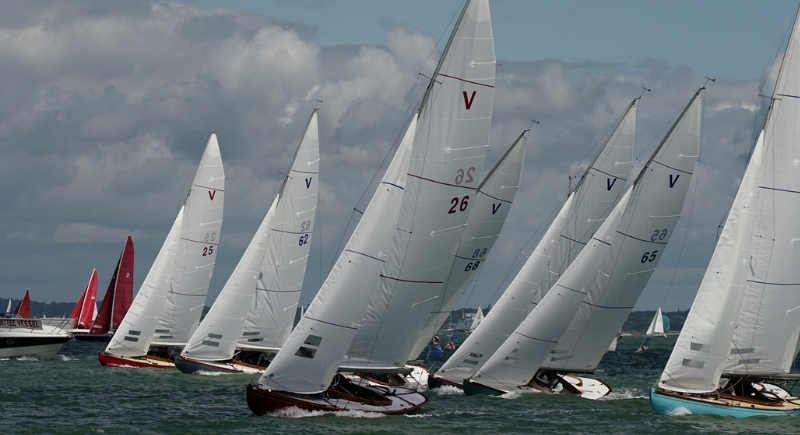
Credit: Wikimedia Commons
Don’t be fooled by the festive reputation. Racing during Cowes Week means dealing with intense congestion, shifting tides, and crowded marks. If you don’t know the Solent like the back of your hand, expect to be humbled—possibly loudly, by someone on a loudhailer.
Cape2Rio Race
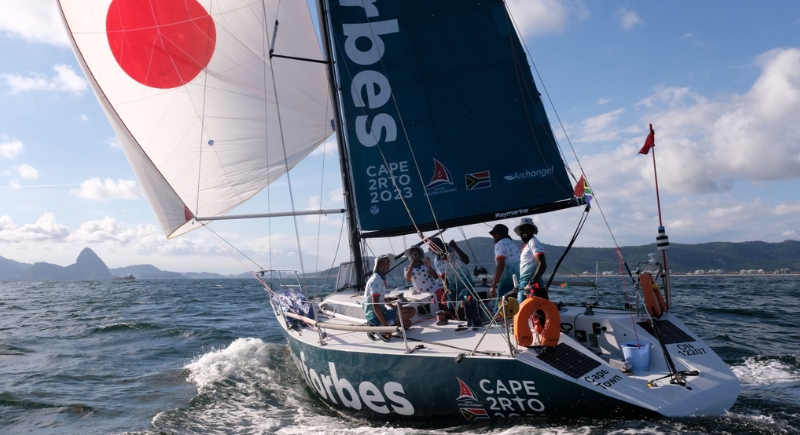
Credit: Facebook
A crossing of the South Atlantic is never easy. Sailors battle unpredictable systems, large swells, and intense heat in the doldrums. The route also includes currents and sudden squalls that can stall progress or flip boats outright.
America’s Cup
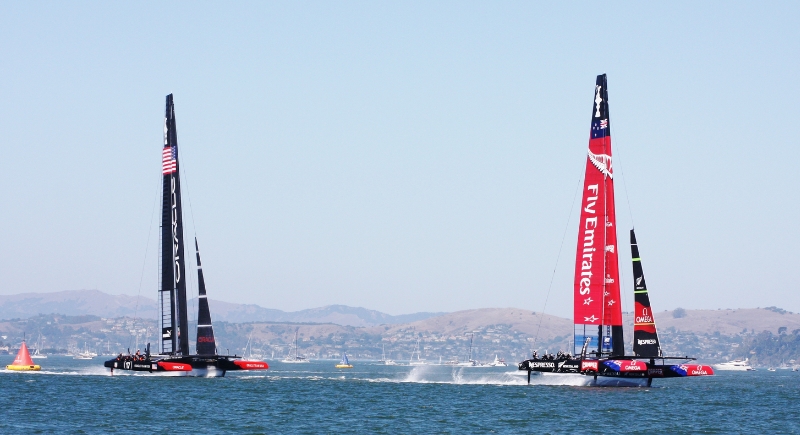
Credit: Wikimedia Commons
This distance race is a physics-defying duel at speeds that feel more like fighter jets than sailing yachts. The boats foil above the water, screaming along at over 50 knots, where the tiniest error can mean a spectacular crash. Yes, it’s elite-level match racing, but it’s also one of the most dangerous ways to play chicken with a hydrofoil.
Barcolana Regatta
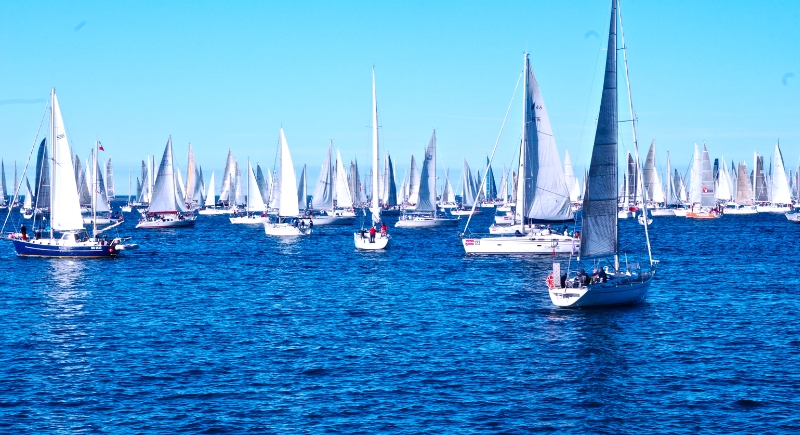
Credit: Wikimedia Commons
The Barcolana is famous for one thing: scale. There are over 2,000 boats all jockeying for space on a tight course off Trieste, Italy. It’s a sea of sails, shouts, and near misses. Experience helps, but sometimes luck plays a bigger role, especially when it comes to dodging less-skilled helmsmen who haven’t quite mastered “right of way.”
Mini Transat
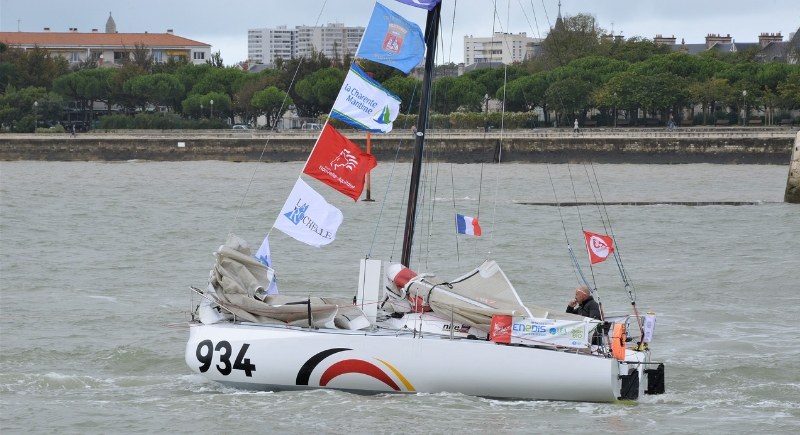
Credit: Wikimedia Commons
Alone in a 21-foot boat, competitors cross the Atlantic with almost no technology or backup. They battle exhaustion, hallucinations, and equipment failures. Boats disappear in storms or get rolled by rogue waves.
Sydney to Hobart Yacht Race
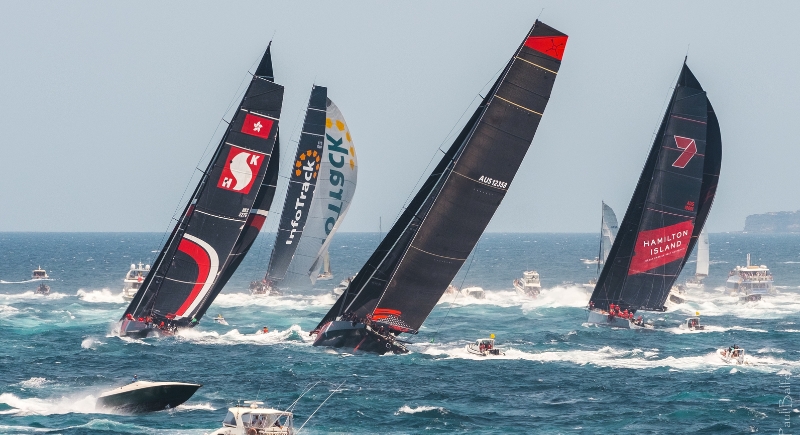
Credit: Wikimedia Commons
Launched on Boxing Day, this legendary Australian race starts with sunny skies and big crowds, but once the fleet hits the Bass Strait, the story often changes. The 1998 race turned tragic, claiming lives and boats.
Vendée Globe
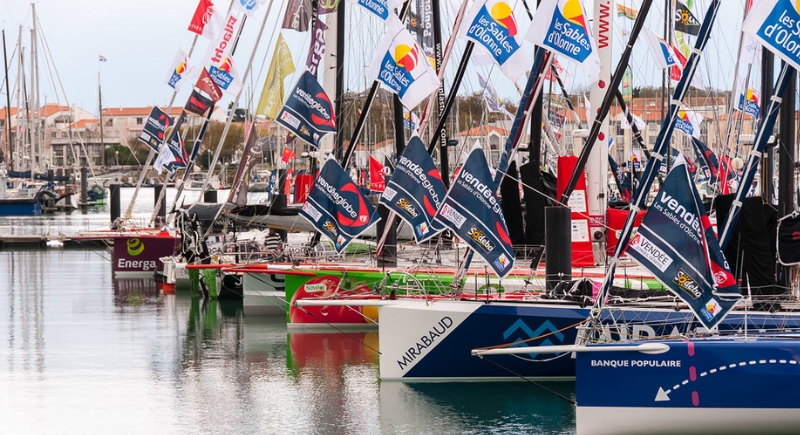
Credit: flickr
This is it. The Everest of sailing. One person on one boat, and one full non-stop lap of the planet without any help. The Vendée Globe doesn’t allow for pit stops, outside support, or even talking to other boats. Sailors face rogue waves, freezing spray, and the psychological weight of knowing that the nearest person might be on the International Space Station.